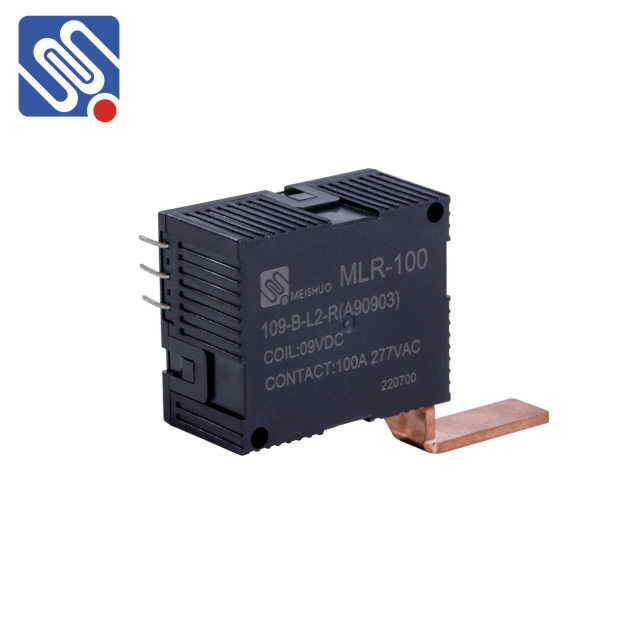understanding relay parameters and their role in efficient communication systems
Release time:2025-02-25 18:28:40
In modern communication systems, the use of relays has become an essential aspect of network design, allowing signals to travel long distances and improve overall system efficiency. A key component of this design process is the careful selection and optimization of relay parameters. These parameters play a crucial role in determining how relays function, their efficiency, and their ability to enhance system performance. In this article, we will explore the importance of relay parameters, particularly focusing on Meishuo technology, which stands out in this field for its innovative approach to improving relay communication.

The Importance of Relay Parameters
A relay, in simple terms, is an intermediary device used to forward signals from one point to another, often in wireless communication systems. The role of a relay is to extend the coverage of a communication system, reduce signal attenuation, and improve data throughput. However, the efficiency of a relay system heavily depends on various relay parameters. These parameters, such as power levels, gain, signal-to-noise ratio (SNR), and channel conditions, must be carefully managed to ensure optimal system performance.
Power levels, for example, dictate the strength of the signal being transmitted by the relay. Too high a power level can lead to interference, while too low a level results in weak signal transmission. The gain, on the other hand, refers to the amplification of the received signal by the relay, and the SNR determines the quality of the communication link. All these parameters must be balanced to ensure that the relay system delivers reliable and efficient communication.

